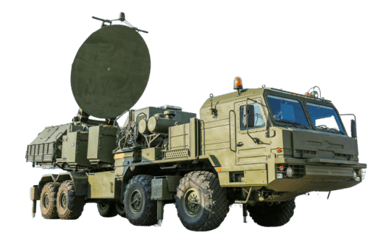SIGINT
Here you'll find intel on frequencies used by UAV's in the russo-Ukraine war.
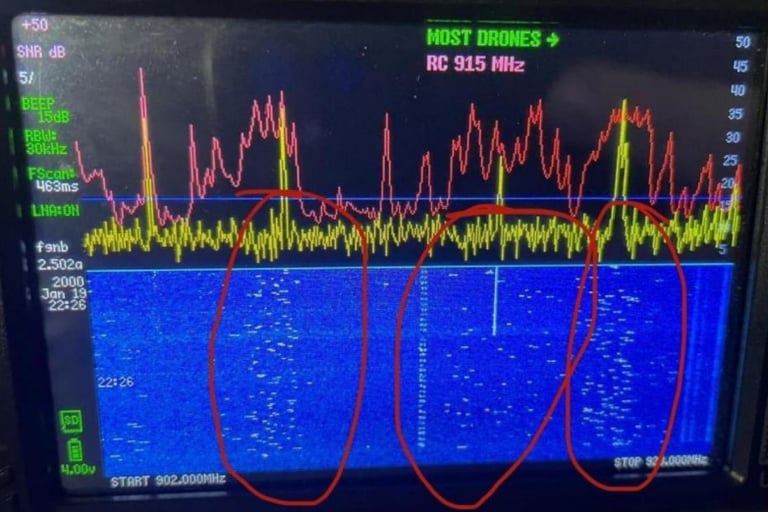

Identification of unmanned aerial vehicles (UAV's) can be accomplished by using a cheap and readily available device called a TINY SA ULTRA.
The Tiny SA Ultra, along with a custom C-UAS firmware (see my shop) enables an operator to observe RF signals being emitted from various types of drones at distances between 5-10km.
Here's examples of what 3 russian drones look like on the waterfall. The scattered yellow lines/dots on the blue waterfall show image transmission. By using a highly directional antenna, we can find the rough location of a signal source.
Intro
Russian Lancet-3 / Zala
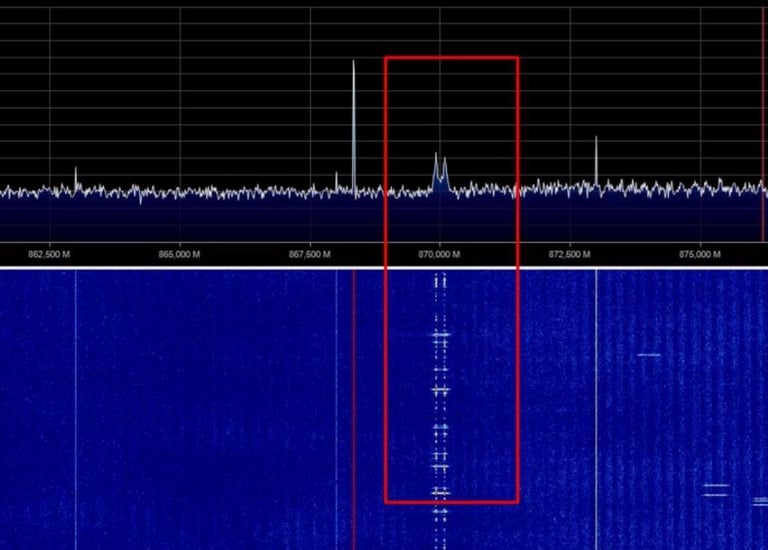

The signal from Zala, Lancet-3 is unique, identical for both aircraft and easy to recognise. Two vertical stripes of dots on a blue background of the spectrum (waterfall). The dots are very close, with a bandwidth of 150-200 kHz. The video frequency Zala and Lancet transmit on are 2.2-2.6 GHz
The operating frequency is transmitted at 868 MHz, 870 MHz, 915 MHz.
Lancet-3 is more common at 868 MHz, Lancet does not fly for more than 40 minutes (if more, then it is definitely Zala)
Advice-
If you see a stable level signal, it's Zala "circling" in one position observing. This is a precursor to a Lancet being launched.
The lancet flies straight towards you or to the side meaning the signal from it usually grows or falls linearly.
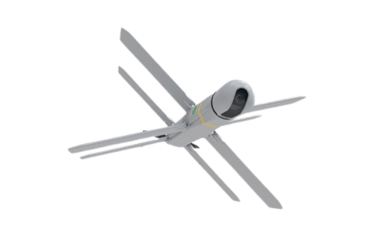

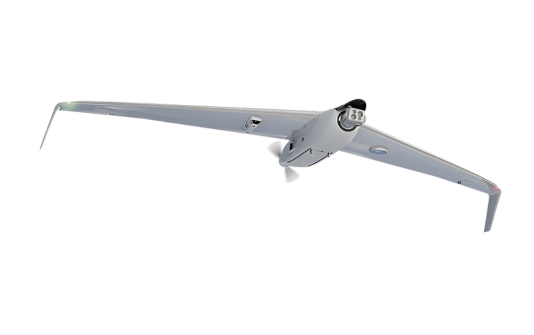

The ZALA signal is the same as LANCET, but Zala usually operates at 870 MHz. The signal on the waterfall looks like two intermittent bands that are located very close (150-170 kHz) Lancet has a signal like Zala, but usually operates at 868 MHz. Frequencies around 928 MHz are also used.
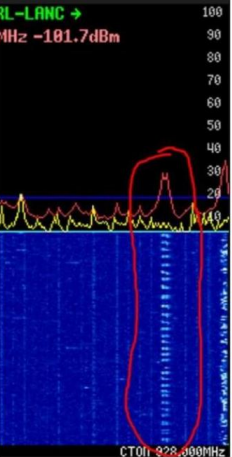

Russian Supercam
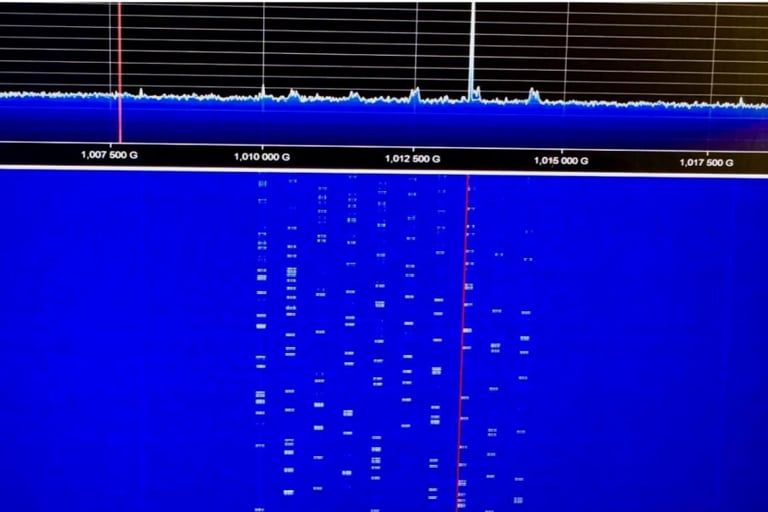

The signal looks like 10 vertical stripes of pictures with a total width of 5 MHz. Each stripe has a width of 150 kHz. The signal can be observed in the range of 856-1020 MHz. Video is transmitted at 1.3GHz
Wingspan: 3.2 meters.
Maximum takeoff weight: 11.5 kg.
Payload capacity: up to 1.5 kg.
Maximum speed: 120 km/h.
Flight duration: up to 4.5 hours.
Operational range: up to 240 km.
Radio range: 70-100 km.
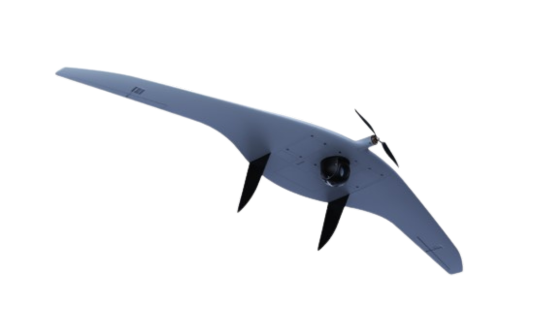

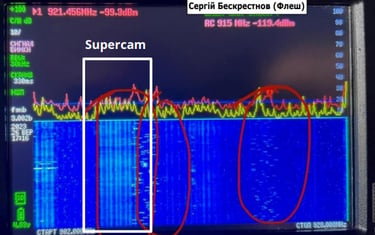

Mysterious Signals
Russian Orlan-10
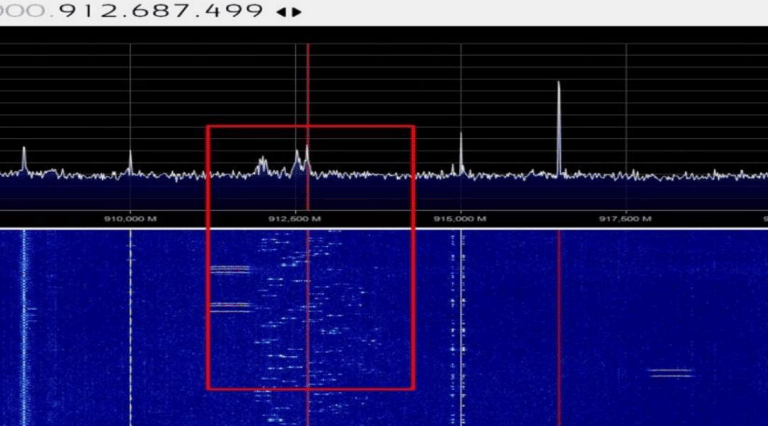

The Orlan-10 operates range of 960-1020 MHz.
Orlan transmits a frequency hopping signal with a width of 2 or 4 MHz making the signal look like a chaotic set of horizontal lines. Video transmitted at 2.2-2.5 GHz
Wingspan. 3.1m.
Maximum Take-off Weight. 16.5kg.
Altitude. 5km.
Range: 93 miles
Top Speed: 93 MPH
Max Altitude 5,000m
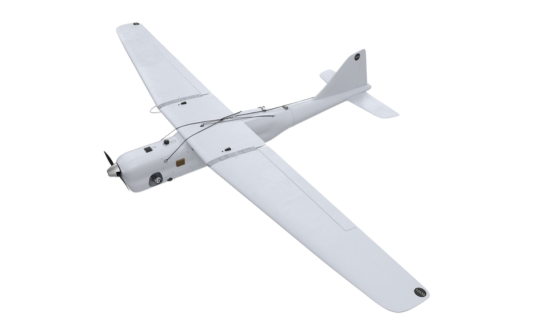

Standard FPV Telemetry
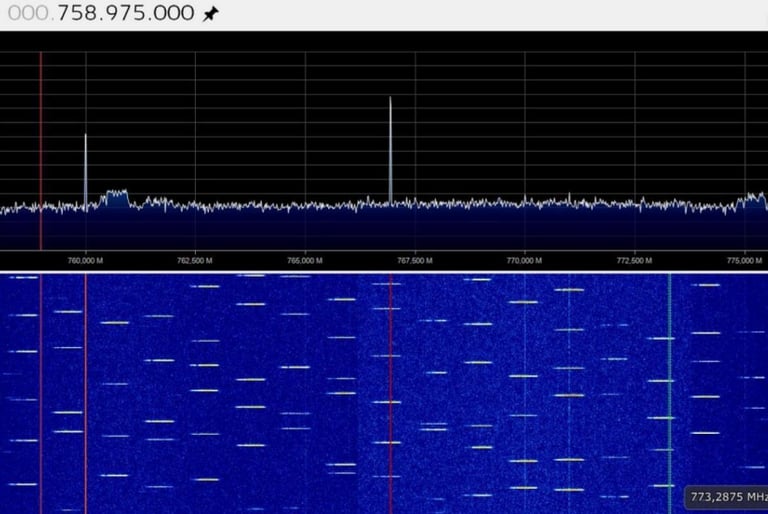

Almost all FPV drone pilots turn off telemetry, so the drone flies without emitting anything except video. But for general understanding, this is what the signal looks like.
The frequency hopping, which is stretched much wider than winged UAVs is in the 30-40 MHz band and can be found in the 700-1020 MHz section
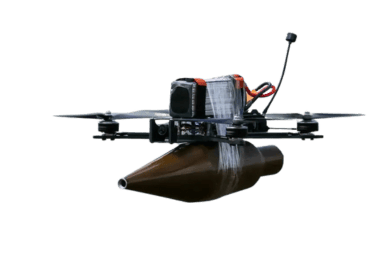

This is what the signal from FPV looks like at 720-760 MHz (presumably the module is Hermes)
Hermes is a russian "anti jamming" solution added to standard FPV's. Utilising a STM32 microcontroller, the LoRA module increases range over 1.5 times further than TBS/ELRS modules. Hermes also allows you to pick non standard frequencies and control the FPV, successfully avoiding Ukrainian traditional telemetry jamming.
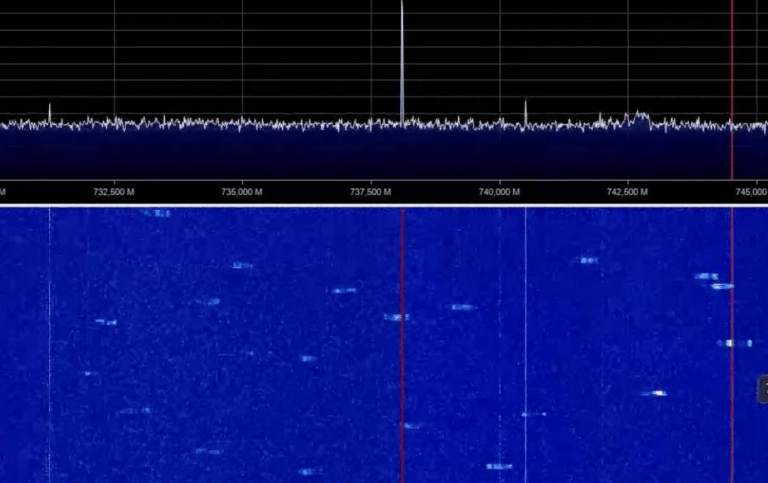

Russian FPV's with the Hermes LoRA module
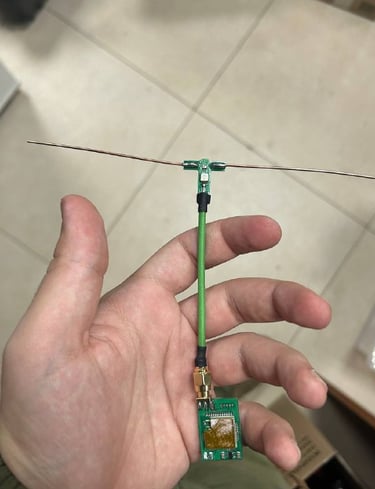

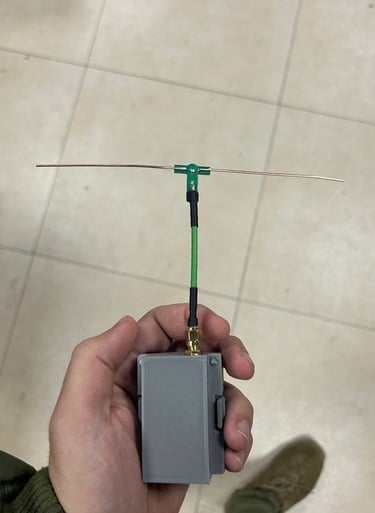

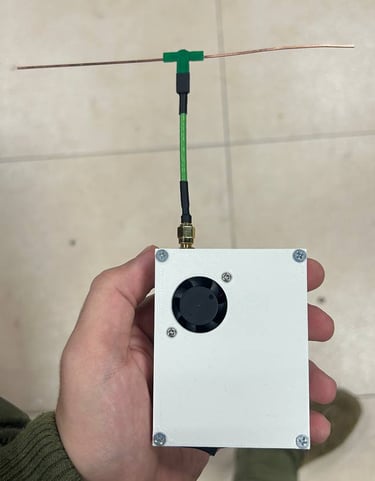


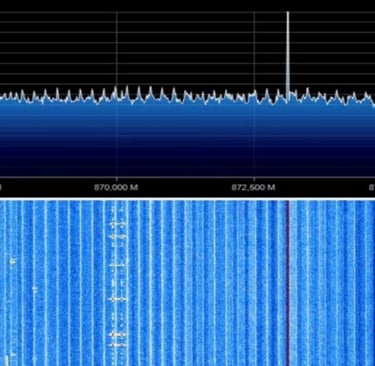
Russian Frequency Jamming
Jamming is very identifiable and easy to spot on a waterfall / RF analyser, signals are blasted out at a high power and are often directed towards the front line.
Communications are well established between the russian FPV operators on the front line, and the crews of the jamming stations. FPV operators will inform the jammers what frequency they require to use before take off. The jamming crew will then free up that frequency for the duration of the flight, until the FPV pilots calls back saying their mission is complete. After that, the jamming resumes.
While jamming is useful, it's incredibly easy to triangulate and find the transmitter position. Most vehicle's will use a omnidirectional lower powered
